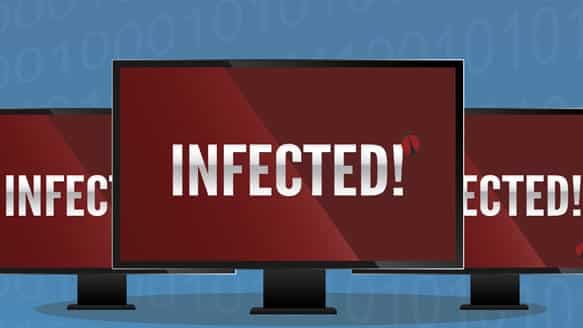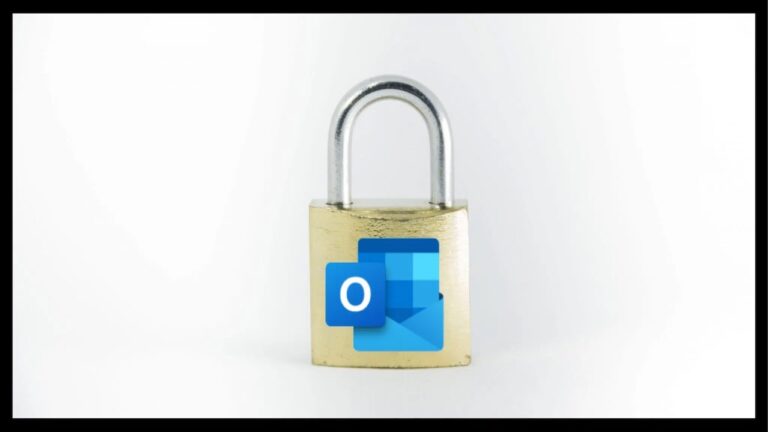Malware describes software designed to act maliciously on a personal computer. The name ‘malware’ is a shorthand for ‘malicious software’ and describes exactly what it is. A computer virus is a single type of malware that can cause harm to your PC, but it is only one of many.
Adware
Short for advertising-supported software, adware is a type of malware that delivers advertisements to your computer. These advertisements are often intrusive, irritating, and often designed to trick you into clicking something you don’t want. A common example of malware is pop-up ads that appear on many websites and mobile applications.
Adware often comes bundled with “free” versions of software that uses these intrusive advertising to make up costs. Commonly it is installed without the user’s knowledge and made excessively difficult to remove.
Unfortunately, it is also very common on brand new computers. This is how manufacturers subsidize the costs of making them so affordable – by partnering up with software companies that offer trial versions of software. It’s very common to have an antivirus stop working after just 30 days and demand money for a subscription – and it’s usually something useless like Norton or McAfee!
Spyware
Spyware is designed to spy on the user’s activity without their knowledge or consent. Often installed in the background, spyware can collect keyboard input, harvest data from the computer, monitor web activity and more.
Spyware typically requires installation to the computer. This is commonly done by tricking users into installing spyware themselves instead of the software or application that they thought they were getting. Victims of spyware are often completely unaware of its presence until the data stolen is acted on in the form of fraudulent bank transactions or stolen online accounts.
Virus
In technical terms a computer virus is a form of malware that is installed inadvertently, causing damage to the user. A typical virus may install a keylogger to capture passwords, logins, and bank information from the keyboard. It might steal data, interrupt programs, and cause the computer to crash.
Modern virus programs commonly use your computers processing power and internet bandwidth to perform tasks remotely for hackers. The first sign of this can be when the computer sounds like it is doing a lot of work when no programs should be running. A computer virus is often spread through installing unknown software or downloading attachments that contain more than they seem.
Ransomware
This is the worst kind and it has become common in the last three years. When your computer gets infected with ransomware, you can’t access their own files until a ransom is paid. Files within the system are often encrypted with a password that won’t be revealed to the user until the full ransom is paid.
Instead of accessing the computer as normal, the user is presented with a screen which details the contact and payment information required to access their data again. You get a notification to send Bitcoin (virtual currency) to the hacker and then your files may become available again – depending on their ethics!
Ransomware is typically downloaded through malicious file attachments, email, or a vulnerability in the computer system. WannaCry was a common threat last year and it caused damage to many New Zealand companies only because their computers were running outdated versions of Windows with no security updates installed.
Worm
Among the most common type of malware today is the computer worm. Worms spread across computer networks by exploiting vulnerabilities within the operating system. Often these programs cause harm to their host networks by consuming large amounts of network bandwidth, overloading computers, and using up all the available resources.
One of the key differences between worms and a regular virus is its ability to make copies of itself and spread independently. A virus must rely on human activity to run a program or open a malicious attachment; worms can simply spread over the network without human intervention.







